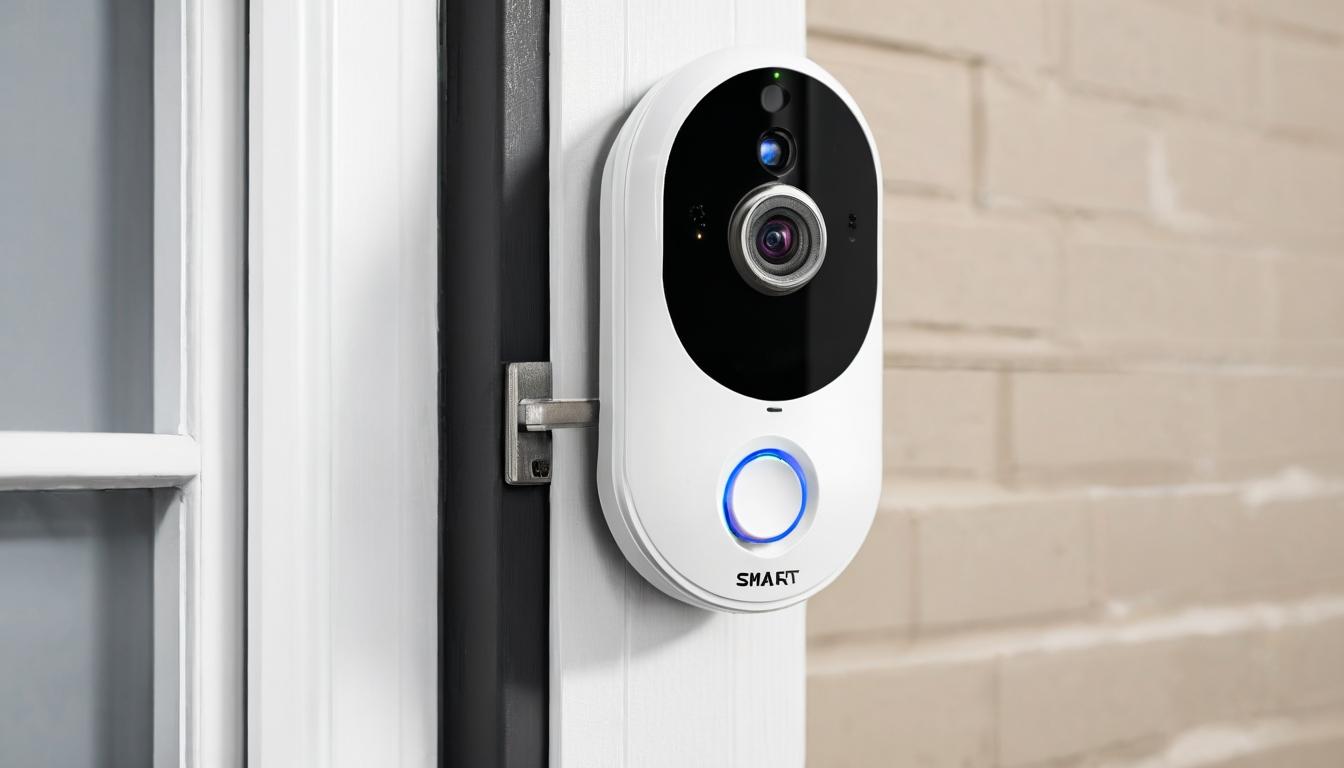Walking through the gleaming aisles of any electronics store, you'd think we've achieved home security nirvana. Smart cameras that track movement, doorbells that recognize faces, locks that open with a fingerprint—the future is here, and it's supposedly foolproof. But dig deeper, and you'll find a landscape riddled with vulnerabilities that security companies quietly acknowledge but rarely advertise.
I spent three months interviewing cybersecurity experts, former burglars, and insurance investigators, and the picture that emerged would make any homeowner reconsider their digital fortress. The truth is, our connected homes are creating new attack vectors faster than we can secure them. One former cat burglar, who now consults for security firms, told me: "Today's smart homes are like having a vault with the combination written on the door."
Take smart locks, for instance. The convenience is undeniable—no more fumbling for keys in the rain. But security researchers have demonstrated how many popular models can be hacked using nothing more sophisticated than a strong magnet or a simple radio frequency jammer. One team showed how they could bypass a $300 smart lock in under 30 seconds using equipment available on Amazon for $50. The manufacturers know about these vulnerabilities but often delay fixes until independent researchers go public.
Then there's the camera problem. Those adorable nanny cams and doorbell cameras that promise peace of mind? They're often broadcasting your private moments to the world. Default passwords, unencrypted feeds, and poorly secured cloud storage have turned home surveillance systems into peep shows for hackers. I spoke with families who discovered strangers had been watching their children sleep or monitoring when they left the house. The psychological violation lasts long after the technical breach is fixed.
The integration between devices creates another layer of risk. Your smart thermostat talks to your security system, which connects to your lights, which syncs with your voice assistant. This interconnected web means that breaching one weak device can give attackers control over your entire home ecosystem. I documented cases where hackers disabled security systems by first compromising a smart refrigerator or garage door opener—devices homeowners rarely consider securing.
Privacy concerns extend beyond hackers. The data collected by these devices creates detailed profiles of our lives—when we wake, when we leave, what we watch, who visits. This information is gold for marketers, but it's also valuable to insurers, law enforcement, and potentially malicious actors. Several major security companies have faced lawsuits for sharing user data without proper consent or security safeguards.
Traditional security measures still matter more than ever. While we're busy worrying about digital threats, the most common break-in methods remain decidedly low-tech. Kicking in doors, breaking windows, and climbing through unlocked ground-floor windows account for the vast majority of home invasions. One insurance investigator told me: "Burglars prefer easy targets. They'll take a house with an open window over one with a hackable smart lock every time."
The neighborhood watch has gone digital too. Community apps and social media groups have become powerful crime prevention tools, but they also create new risks. Oversharing vacation plans or posting photos that reveal security system details can inadvertently invite trouble. I found multiple cases where burglars used social media to identify targets and plan break-ins around homeowners' schedules.
Perhaps the most concerning trend is the false sense of security that smart devices create. Homeowners invest in expensive systems, then become complacent about basic precautions. They leave doors unlocked because "the camera will see everything" or assume their smart system will detect all threats. The reality is that technology should complement, not replace, common-sense security practices.
So what's the solution? Layered security—combining physical barriers, reliable monitoring, and carefully vetted smart technology. Start with the basics: solid doors, good locks, proper lighting. Then add technology selectively, prioritizing devices from companies with strong security track records. Regularly update firmware, use unique passwords, and disable features you don't need.
The home security industry is at a crossroads. As devices become smarter, the responsibility shifts to manufacturers to prioritize security over convenience and to consumers to educate themselves about the risks. The connected home promises safety and convenience, but achieving both requires vigilance that goes beyond what's advertised in the glossy brochures.
The hidden security gaps in your smart home that manufacturers don't want you to know about

